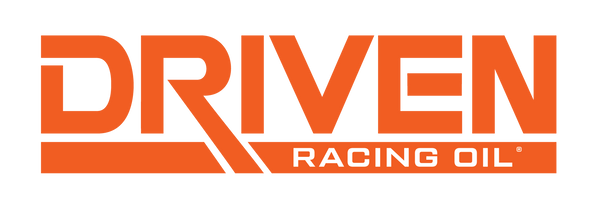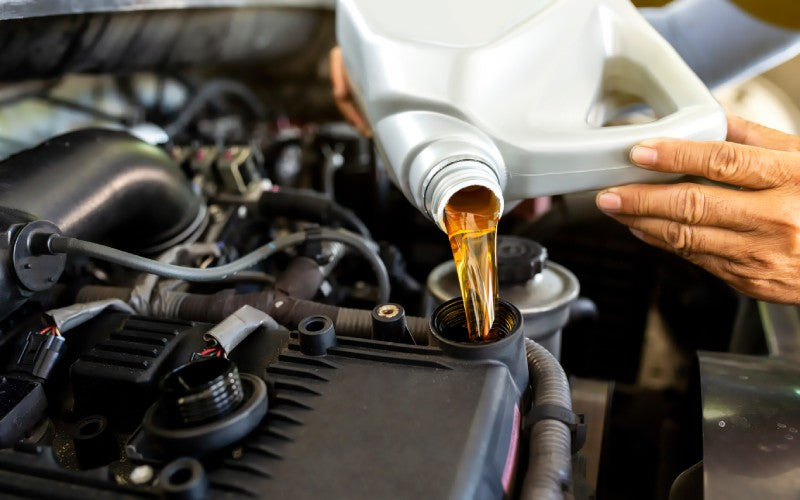Proper oil pressure is critical to the health and performance of any engine. It allows the oil to adequately lubricate all moving parts, which minimizes friction and wear and keeps components functioning smoothly. When oil pressure drops, your engine might face severe consequences, from inefficient operation to potential damage. Understanding the top causes of low oil pressure in engines and how to fix it could save you from costly repairs down the road.
The Role of Oil Pressure in Engines
The right oil pressure is essential for maintaining engine health and performance. It ensures that the engine oil circulates adequately, lubricating components such as pistons, bearings, and camshafts. This lubrication minimizes friction, prevents overheating, and removes harmful debris.
Insufficient oil pressure disrupts this critical process, leading to mechanical wear and potentially severe engine failure. Understanding why an engine’s oil pressure might drop is the first step in preventing costly repairs.
Common Causes of Low Oil Pressure
Low oil pressure is often a symptom of underlying mechanical or maintenance issues. Here are some of the most common causes that could lead to a significant drop in oil pressure.
Low Oil Level
Insufficient oil in the engine is one of the most straightforward causes of low oil pressure. When oil levels are too low, there isn’t enough lubricant to circulate through the system, which reduces the overall pressure. This situation often results from neglecting routine checks or oil leaks in the engine. Warning signs include an illuminated oil indicator light on your dashboard and unusual engine noises.
Faulty Oil Pump
The oil pump is responsible for circulating oil throughout the engine. A malfunctioning pump struggles to maintain consistent pressure, leading to insufficient lubrication. Indicators of a failing oil pump include increased engine temperature, a drop in oil pressure, and louder than usual engine noise. Over time, wear or internal damage can render the pump ineffective, forcing the engine to operate with inadequate lubrication.
Worn Engine Bearings
Engine bearings are critical for reducing friction between moving parts. Over time, these bearings can wear out due to age, improper lubrication, or contamination in the oil. When they become worn, the gaps between the bearings and other components widen, causing oil to flow too freely. This results in a significant drop in oil pressure and can lead to increased engine noise and additional wear on internal parts.

Clogged Oil Filter
The oil filter captures dirt, debris, and contaminants to keep the engine running smoothly. However, when the filter becomes clogged, it restricts the flow of oil, leading to a drop in oil pressure. A bypass valve in many modern vehicles opens to allow oil to flow through a blocked filter, but unfiltered oil can further damage your engine. Symptoms of a clogged filter include erratic oil pressure readings and reduced overall engine performance.
Defective Oil Pressure Sensor
The oil pressure sensor is what alerts you when there’s a drop in oil pressure. However, a faulty sensor can provide inaccurate readings. This can lead you to believe there’s a problem when everything is functioning properly—or worse, it could fail to notify you when there is an actual issue. If your oil pressure warning light comes on but your engine seems to be running fine, the sensor could be at fault. It’s crucial to investigate further to confirm whether the issue lies with the sensor or the oil pressure system itself.
How To Fix Low Oil Pressure Issues
Addressing low oil pressure involves identifying the root cause and implementing the appropriate solution. Each problem has a unique fix, and regular maintenance plays a pivotal role in preventing these issues from arising.
Maintaining Oil Levels
Checking and maintaining proper oil levels is one of the simplest ways to avoid oil pressure problems. Make it a habit to inspect oil levels regularly using the dipstick, and top off as needed. Choosing the right type of oil for your vehicle, as recommended by the manufacturer, also ensures proper lubrication and pressure.
Replacing the Oil Pump
A faulty oil pump can significantly affect oil circulation and pressure. If testing confirms a compromised pump, you must replace it promptly to prevent further engine damage. Replacement usually involves disassembling parts of the engine, so it’s best to consult a professional if you’re unsure how to proceed. Regular inspections can help you identify pump issues early, reducing the risk of extensive damage.

Addressing Worn Bearings
When worn engine bearings cause low oil pressure, you may need a more extensive fix, such as an engine overhaul. This involves replacing the damaged or worn-out bearings to restore the system’s proper function. While this repair can be time-consuming and expensive, it’s essential for preventing long-term damage to the engine and ensuring optimal performance.
Changing the Oil Filter
Replacing your oil filter at regular intervals is a simple yet effective way to maintain proper oil pressure. Aim to replace the filter during every oil change or as recommended by your vehicle manufacturer. A new filter keeps the oil flowing freely and cleans out debris, significantly improving engine performance and maintaining consistent oil pressure.
Replacing the Oil Pressure Sensor
You might need to replace faulty oil pressure sensors to ensure accurate readings and timely warnings. Diagnosing the issue can involve testing the sensor or using a scanner to check for error codes. Once you have identified the defective sensor, replacing it is usually straightforward and can restore consistency to your oil pressure monitoring system.
Keep Your Engine Running Smoothly
Low oil pressure can lead to significant engine problems if left unchecked, but timely interventions and regular maintenance can keep your engine running smoothly. By understanding the top causes of low oil pressure in engines and how to fix them, you can make sure that your vehicle operates at peak performance. Regularly checking your oil levels, adhering to service schedules, and using the correct type of oil are simple yet crucial steps in maintaining your engine’s health. For any major repairs, it’s best to consult a professional mechanic to avoid further complications.
At Driven Racing Oil, we know that maintaining a proactive approach to your engine’s upkeep extends its lifespan and saves you from costly repairs in the long run. As such, we carry a wide variety of high-quality oils, including engine break-in oil, so you can keep your oil pressure in check. Take advantage of our premium products and your engine will thank you every time you hit the road.


4 comments
My car showed oil press I thrown in oil and kept showing this sign , I ended starting it but went off but itself. What might be the reason .
I forgot to mention that it only has 78,486 miles on her.
I have a 1994 Trans AM with the 5.7 when cold my oil pressure is around 50 when warm at 2000 rpm it is around 35 to 40 is that normal.
Hi , so with an older engine in good order but 150,000 miles should you use a slightly thicker oil or the recommended 5/30 fully synthetic please ?